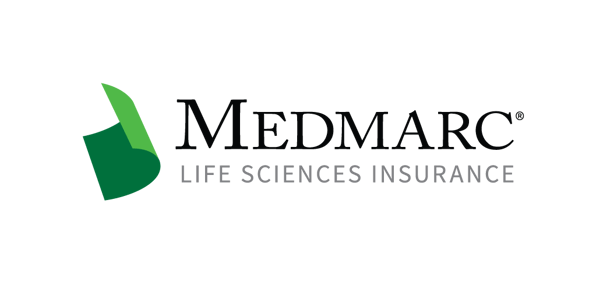Mammography False Positives Endanger Screening Compliance
A new study published recently in the Annals of Internal Medicine disclosed an association between false positive results on mammography screening exams and a reluctance to return for screening. While the results of this study are discouraging, there are indications that artificial intelligence (AI) and a new FDA rule may improve the reliability of mammography going forward.
The study presented in the Annals consists of approximately 3.5 million mammograms performed at 177 facilities that take part in the Breast Cancer Surveillance Consortium (BCSC). The 345,000 false positives included in the analysis were returned from mammograms conducted between 2005 and 2017, suggesting that at least some of the imaging procedures were conducted with now-obsolete imaging equipment and software. The analysis tracked the absolute difference in the probability that the patient would return for screening within nine to 30 months of a false-positive result compared to a true-positive result.
from mammograms conducted between 2005 and 2017, suggesting that at least some of the imaging procedures were conducted with now-obsolete imaging equipment and software. The analysis tracked the absolute difference in the probability that the patient would return for screening within nine to 30 months of a false-positive result compared to a true-positive result.
Women were more likely to return after a true-negative result than after a false-positive recall, with the difference an absolute 1.9 percentage points favoring the true-negative subjects. The difference was more pronounced among Asian and Latina women, but the authors acknowledged a potential confounder, specifically that some of the women in the false-negative group could have sought mammography services at a non-BCSC facility following the false positive outcome at the BCSC facility. This scenario could lead to under-reporting of the true rate at which women resumed screening.
However, researchers in Denmark have determined that AI can not only reduce the rate of false-negative outcomes in mammography, but also reduce the workload on radiologists in the process. The study, appearing in a recent issue of Radiology, provides more recent data than is captured in the Annals study. Nearly 61,000 women in this study had been screened between Oct. 1, 2020, and Nov. 17, 2021, prior to implementation of the use of the AI to evaluate mammograms. This study also captures data from approximately 58,000 women whose mammograms were evaluated by an AI algorithm between Nov. 18, 2021, and Oct. 17, 2022.
Images drawn from the pre-AI group were all subject to double reading by radiologists whereas the images from the second group that were deemed likely normal were reviewed only by a single radiologist. However, any suspicious findings in the second group were reviewed by two radiologists as well as an AI decision-support algorithm.
The authors stated that the second group experienced a 20% drop in the rate of patient recall for suspicious findings compared to the earlier control group. The false positive rate fell from 2.39% in the first group to 1.63% in the second group, but just as important is the fact that the cancer detection rate increased, albeit at a difference that did not reach statistical significance. The image reading workload on radiologists fell by 33.5% in the AI group, an outcome that suggests that radiologists will henceforth review images with a fresher pair of eyes.
In another encouraging development, the FDA announced Sept. 10 that its update to the regulation for the Mammography Quality Standards Act (MQSA) has officially gone into effect. The final rule, which was announced March 10, 2023, requires that mammography clinics notify women of any findings of dense breast tissues, a requirement which may lead to better detection of early-stage cancers.
The FDA’s March 9, 2023, press release states approximately half of American women aged 40 or older have dense breast tissue, which can impede detection of cancer on mammograms. Dense tissue is also seen as a risk factor for development of breast cancer, but the agency stated that breast cancer facility quality has improved in recent years. Hilary Marston, the FDA’s chief medical officer, stated that the agency has observed “a steep decrease in the number of facilities that do not meet quality standards” in the years following passage of the MQSA in 1992.
The new MQSA rule adds several requirements to facilities inspections, such as a greater level of detail regarding negative and benign findings. Annual medical outcomes audits are required to include information on positive predictive values, cancer detection rates and patient recall rates, both for individual radiologists and for the facility as a whole. A facility that fails on three consecutive accreditation attempts cannot achieve accreditation for at least a year following the most recent attempt at accreditation, the rule states.
For additional resources contact the Marketing department
Phone: 888-633-6272
Medmarc is a member of ProAssurance Group, a family of specialty liability insurance companies. The product material is for informational purposes only. In the event any of the information presented conflicts with the terms and conditions of any policy of insurance offered from ProAssurance, its subsidiaries, and its affiliates, the terms and conditions of the actual policy will apply.
Copyright © 2026 - Medmarc
